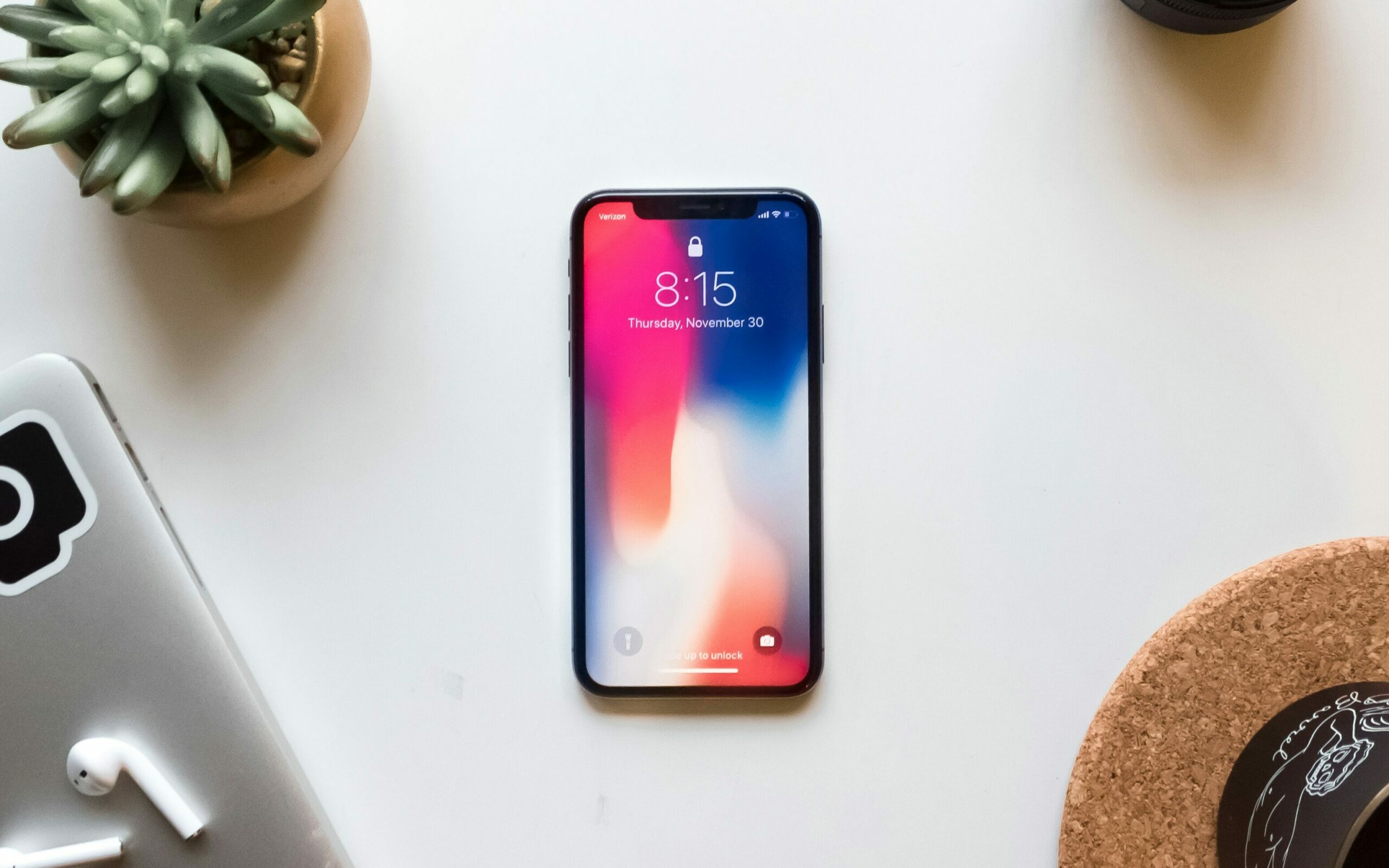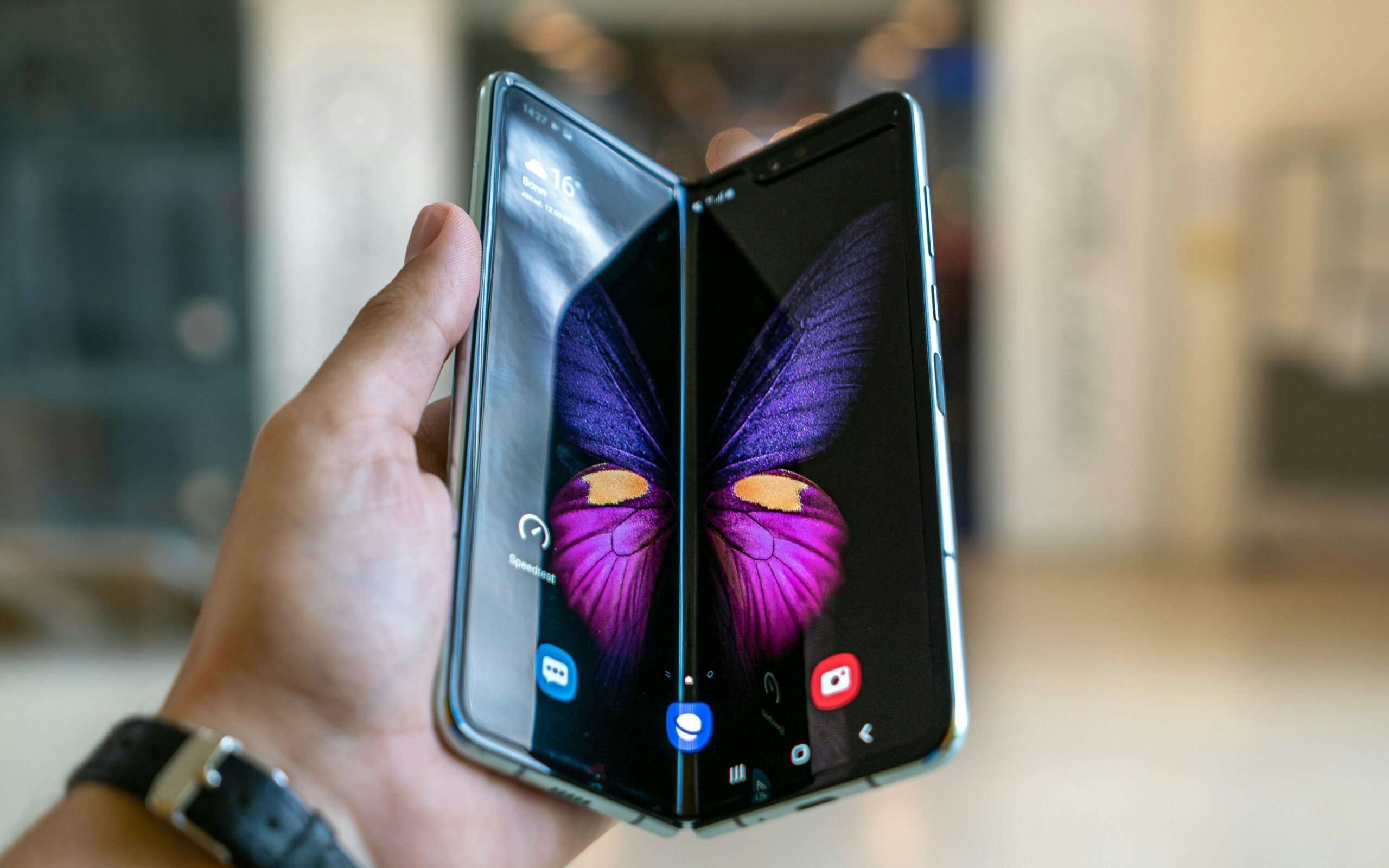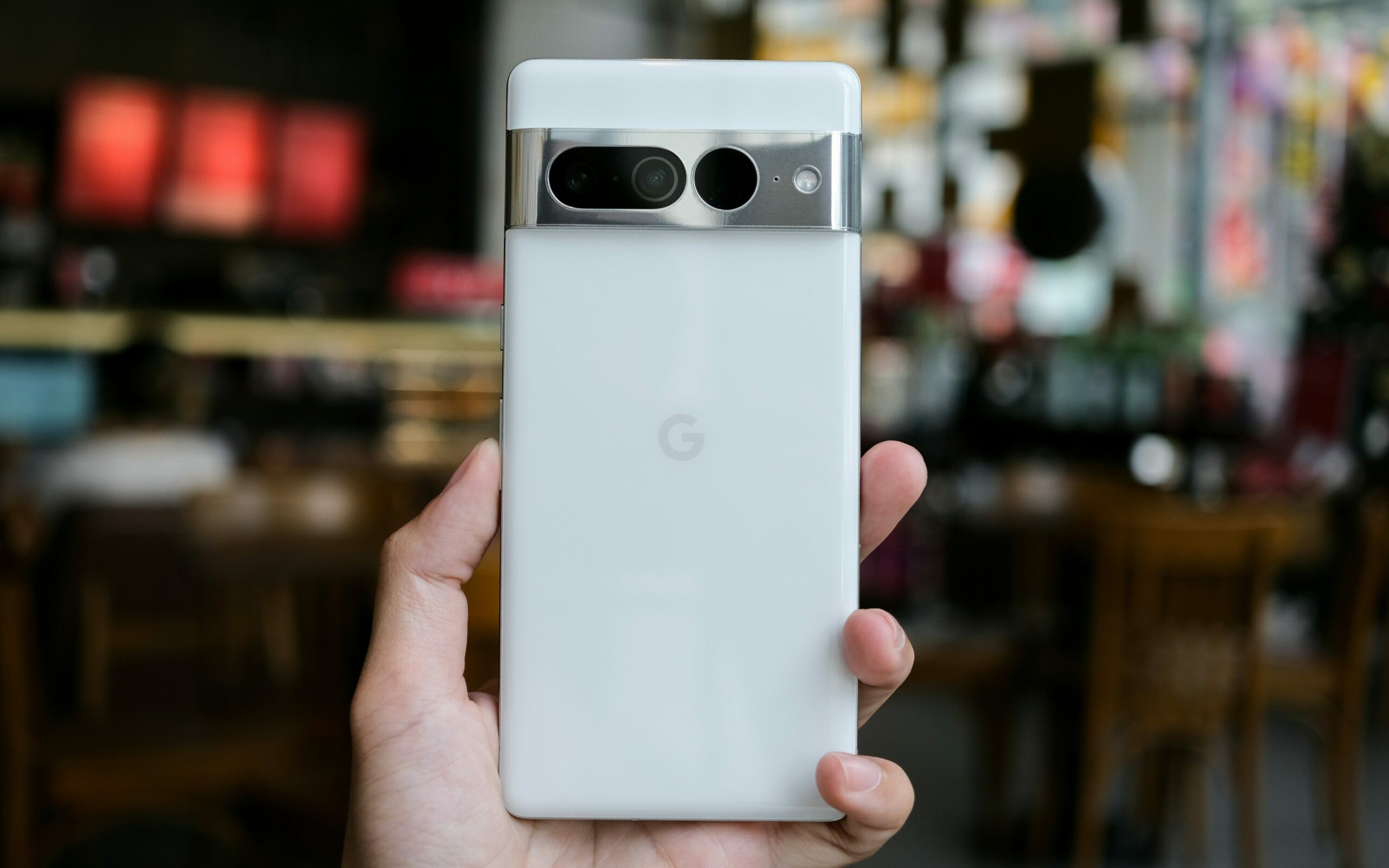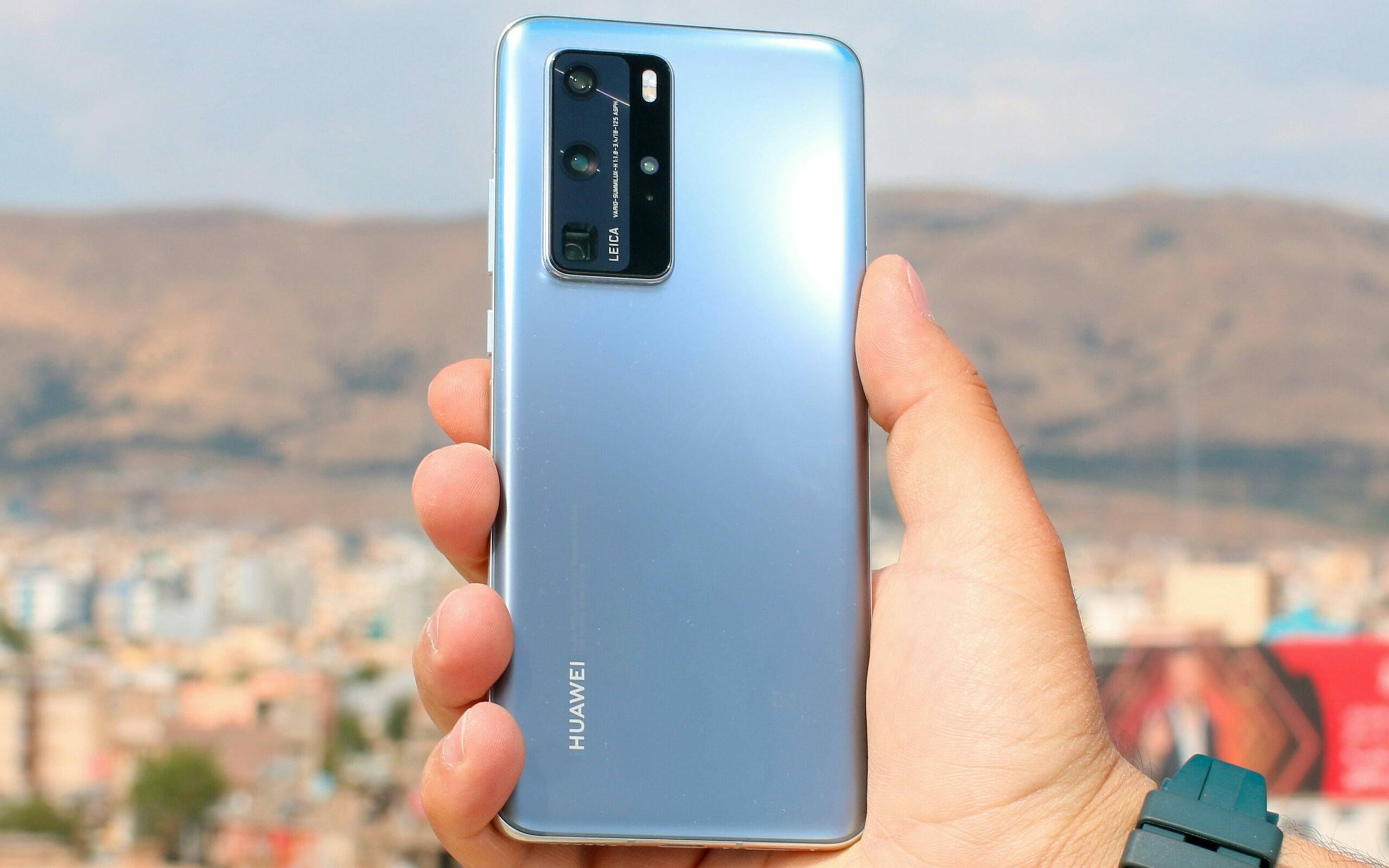eSIM Compatible Phones have revolutionised the way we stay connected on-the-go. With the flexibility to choose and switch between networks, get local phone numbers easily while traveling, and have two phone numbers and plans on a single device, eSIM phones have quickly become the preferred choice for many users. Most major mobile operators support eSIM, and independent providers offer eSIM services.
If you are wondering which devices are compatible with eSIM, there is good news! We have compiled a comprehensive list of all eSIM-compatible devices, including popular models such as iPhone, Samsung Galaxy, Google Pixel, and many more. In this article, you will find all the essential information you need about eSIM compatible phones to make an informed decision when purchasing your next device.
Contents / Contenidos
Understanding eSIM Compatible Phones
What are eSIMs and its benefits
What is an eSIM?
eSIMs (or embedded SIMs) use software to connect you to your mobile network instead of physical SIM cards. With an eSIM, you don’t need to insert a physical SIM into your device, as the eSIM is integrated within the device’s hardware.
Flexible way to get connected
The benefits of eSIMs include greater flexibility and convenience by allowing you to easily switch between mobile carriers or plans without having to physically change your SIM card. It also means you can have more than one phone number or data plan on the same device, which is great news for travellers or people who need separate work and personal numbers.
Smaller than SIM cards
eSIMs are much smaller and more durable than physical SIM cards, making them a more reliable option for many users. Furthermore, you don’t need to accumulate any more plastic packaging or create any more carbon emissions by shipping SIM cards, making eSIM a more sustainable option.
The Future of Mobile Connectivity with eSIM Compatible Phones
What does the future hold?
The future of mobile connectivity is increasingly looking towards eSIM compatible phones. With the benefits of eSIMs becoming more apparent, major mobile carriers have started to integrate eSIM technology into their devices. This means that soon, all phones may come with eSIM technology as standard, making it the default option for mobile network providers.
What does this mean for travellers?
The switch to eSIM technology is also great news for frequent travellers, as it allows you to easily switch between local networks when in a foreign country without having to physically change your SIM card. Overall, the future of mobile connectivity looks to be driven by the convenience and flexibility of eSIM technology.
List of eSIM Compatible Devices
Below you will find a list of all eSIM compatible devices and devices compatible with our Orange Holidays eSIM*. If your device is not on this list, we recommend that you contact your operator to make sure you can use it.
Apple Devices that Support eSIM

- iPhone XS*
- iPhone XS Max*
- iPhone XR*
- iPhone 11*
- iPhone 11 Pro*
- iPhone 11 Pro Max*
- iPhone 12*
- iPhone 12 Mini*
- iPhone 12 Pro*
- iPhone 12 Pro Max*
- iPhone 13*
- iPhone 13 Mini*
- iPhone 13 Pro*
- iPhone 13 Pro Max*
- iPhone 14*
- iPhone 14 Plus*
- iPhone 14 Pro*
- iPhone 14 Pro Max*
- iPhone 15*
- iPhone 15 Plus*
- iPhone 15 Pro*
- iPhone 15 Pro Max*
- iPhone SE (2nd, 3rd)*
- iPad Pro (Cellular only, 3rd generation 12.9”, 2nd generation 11”)*
- iPad Air (Cellular only, 3rd generation and newer)*
- iPad (Cellular only, 7th generation and newer)*
- iPad Mini (Cellular only, 5th generation and newer)*
- Apple Watch Series 3 (and newer)*
Apple was one of the first companies to support eSIM technology in all of its latest devices, from mini to max, allowing users to use two mobile plans on a single device. All the devices listed above can use both eSIM and a physical SIM card, giving users the flexibility to switch between plans whenever they want. Moreover, if you are using a device like the iPhone 13 Mini, using eSIMs will save valuable space and time, as it is tricky to change SIM cards on such a small device.
Samsung Devices that Support eSIM

- Samsung Galaxy A54 5G*
- Samsung Galaxy Note 20*
- Samsung Galaxy Note 20 Ultra*
- Samsung Galaxy Note 20 Ultra 5G
- Samsung Galaxy S24 Ultra 5G*
- Samsung Galaxy S24+ 5G*
- Samsung Galaxy S24 5G*
- Samsung Galaxy S23 FE 5G
- Samsung Galaxy S23
- Samsung Galaxy S23+
- Samsung Galaxy S23 5G*
- Samsung Galaxy S23+ 5G*
- Samsung Galaxy S23 Ultra
- Samsung Galaxy S23 Ultra 5G*
- Samsung Galaxy S23 FE*
- Samsung Galaxy S22*
- Samsung Galaxy S22+*
- Samsung Galaxy S22 Ultra*
- Samsung Galaxy S21+ 5G*
- Samsung Galaxy S21 Ultra*
- Samsung Galaxy S21+ Ultra 5G
- Samsung Galaxy S21 FE*
- Samsung Galaxy S20*
- Samsung Galaxy S20 + 5G
- Samsung Galaxy S20+*
- Samsung Galaxy S20 Ultra*
- Samsung Galaxy S20 Ultra 5G*
- Samsung Galaxy Fold2 5G
- Samsung Galaxy Fold, Z Fold3 5G, Z Fold4 5G, Z Fold5 5G*
- Samsung Galaxy Z Flip, Z FLip 5G, Z Flip3 5G, Z Flip4 5G, Z Flip5 5G*
- Samsung Gear S2 3G*
- Galaxy Watch y Galaxy Watch 3,4,5 y 6*
- Galaxy Watch Active 2*
Samsung has also implemented eSIM technology in its latest flagship devices, especially the Ultra devices, providing users with a seamless mobile experience. Samsung has been one of the main adopters of eSIM, only coming behind Apple’s integration of eSIM into the iPhone line. The Samsung Galaxy devices listed above all support eSIM, making it easy for users to use two phone lines on a single device and even switch between networks without having to change the physical SIM card.
Google Devices that Support eSIM

- Google Pixel 8 Pro*
- Google Pixel 8*
- Google Pixel Fold
- Google Pixel 7 Pro
- Google Pixel 7a*
- Google Pixel 7
- Google Pixel 6 Pro
- Google Pixel 6a
- Google Pixel 6
- Google Pixel 5a
- Google Pixel 5
- Google Pixel 4a XL
- Google Pixel 4a
- Google Pixel 4
- Google Pixel 3a XL
- Google Pixel 3a
- Google Pixel 3XL*
- Google Pixel 3*
- Google Pixel 2XL
- Google Pixel 2
Google has also been at the forefront of eSIM technology, and all the Google devices listed above are compatible with eSIM technology. Users of Google Pixel devices can easily switch between networks using eSIM, making it a convenient option for those who travel frequently.
These are the main devices that support eSIM technology currently available in the market. As technology advances, it is likely that more and more devices will integrate eSIM technology, providing users with greater flexibility when it comes to using their mobile phones.

Other Devices that Support eSIM
If you’re not an Apple or a Samsung user, don’t worry. There are other devices that support eSIM. Here are some of them:
Huawei Devices that Support eSIM

- Huawei P40 Pro 5G*
- Huawei P40 5G*
- Huawei P40 Pro
- Huawei P40
- Huawei Mate 40 pro*
- Watch 2 and 3*
Because the USA banned the import/sale of Huawei products, Huawei have pivoted to targeting their products towards a largely Chinese audience. As a result of eSIM not being supported in mainland China, it made no sense for Huawei to be on the cutting edge of the adoption of eSIMs, as their budget could easily be used towards other features that would attract more of the Huawei user base.
Motorola Devices that Support eSIM
- Motorola RAZR 40 Ultra*
- Motorola RAZR 40
- Motorola RAZR +
- Motorola EDGE 40 Neo*
- Motorola EDGE 40Pro
- Motorola EDGE 40
- Motorola EDGE+
- Motorla Moto G54 5G*
- Motorola G52J 5G
- Motorola G52J 5G II
- Motorola G53J 5G
- Motorola G53 5G
- Motorola G84
Xiaomi Devices that Support eSIM
- Xiaomi 12T Pro*
- Xiaomi 13*
- Xiaomi 13 Pro*
- Xiaomi 13 Lite*
- Xiaomi 13T*
- Xiaomi 13T Pro*
- Xiaomi 14 Ultra 5G*
- Xiaomi 14 5G*
- Xiaomi Watch 2 Pro*
Oppo Devices that Support eSIM
- Oppo Find X3 Pro*
- Oppo Find X5 Pro*
- Oppo Find X5*
- Oppo Reno 10 5G*
- Oppo Reno 9A
- Oppo Reno 6 Pro 5G
- Oppo Reno 6 Pro*
- Oppo A55s 5G
- Oppo Reno 5A
- Oppo Find N2 Flip 5G*
- Oppo Watch 46 mm*
Sony Devices that Support eSIM
- Sony Xperia 10 III Lite
- Sony Xperia 10 IV
- Sony Xperia 10 V
- Sony Xperia 1 IV
- Sony Xperia 5 IV
- Sony Xperia 1 V
- Sony Xperia Ace III
- Sony Xperia 5 V
Other Devices that Support eSIM
FOSSIL Generation 5 Smartwatch (NA99714)*, MONTBLANC Summit 2+ (S2C19), HONOR v2 5G, Magic 6 Pro 5G and HONOR 90 5G, VIVO V29 5G (V2250), VIVO V29 Lite 5G (V2244) and Remi Note 13 Pro + 5G y 13 Pro 5G.

Devices that Do Not Support eSIM
Older iPhone and iPad Models
Users with older iPhone and iPad models may be disappointed to learn that these devices do not support eSIM. If you own an iPhone 8 or earlier, or an iPad older than those listed above, you will need to use a physical SIM card, regardless of whether it is a Mini or Pro model. While this may come as a disappointment, it is important to keep in mind that many of these devices were released before eSIM was widely adopted.
Samsung, Google, and Other Device Models that Do Not Support eSIM
Not all Android devices are equipped with eSIM support. While all Samsung Galaxy S20, S21 and newer models have eSIM support, earlier models like the Galaxy S10, Galaxy Note 10, Galaxy S20 FE and Galaxy S21 FE do not. Other devices, such as the majority of Xiaomi devices also do not support eSIM. If you are considering purchasing a new device and eSIM support is important to you, be sure to do your research and double-check the specifications before making a decision.
Buy Orange eSIM Holidays
FAQs
What is an eSIM?
eSIMs use software to connect you to your mobile network instead of physical SIM cards. With an eSIM, you don’t need to insert a physical SIM into your device, as the eSIM is built into the hardware of the device. For more information about eSIMs, you can read our article: eSIM: The Future of Digitals SIMs
What are the advantages of eSIMs?
The advantages of eSIMs are greater flexibility and convenience, as they allow you to change your mobile operator or mobile phone plan without having to physically change your SIM card, you can have more than one phone number and they are much smaller and more durable than physical SIM cards, making them a more reliable option for many users.
What are the potential drawbacks of eSIMs?
Not all devices are eSIM compatible, which can be a drawback if you are using an older device. Some eSIM compatible phones may not support dual SIM functionality if you need to use multiple phone numbers on your device. Also, as a relatively new technology, they may not be compatible with all operators and networks.
What should I consider when choosing an eSIM for my trip?
When you travel abroad, you no longer have to worry about changing your physical SIM card and paying expensive roaming charges. Many mobile operators offer eSIM plans for travellers, but before signing up for a plan you should check which countries are covered, compare prices, consider data usage and check call and message rates to avoid unexpected charges.
How do I add eSIM to my phone?
To add eSIM to your phone, follow these steps:
1. Make sure your phone supports eSIM. Check the manufacturer’s website for compatibility.
2. Get an eSIM activation code from your operator.
3. Open your phone’s Settings application and select “Mobile Data”.
4. Select “Add data plan” and then “Scan QR code”.
5. Scan the QR code provided by your operator and your eSIM will be added to your phone.
How do I change my physical SIM to eSIM?
1. Get an eSIM activation code from your operator.
2. Contact your operator to deactivate the physical SIM and activate the eSIM.
3. Open the Settings application on your phone and select “Mobile Data”.
4. Select “Add data plan” and then “Enter details manually”.
5. Enter the details of your eSIM activation code provided by your operator and your eSIM will be activated.
How do I activate my eSIM?
1. Obtain an eSIM activation code from your operator.
2. Open the Settings application on your phone and select “Mobile Data”.
3. Select “Add data plan” and then “Enter details manually”.
4. Enter the eSIM activation code details provided by your operator and the eSIM will be activated.
The eSIM activation process may vary by operator and phone model. If you have any problems, please contact your operator.


